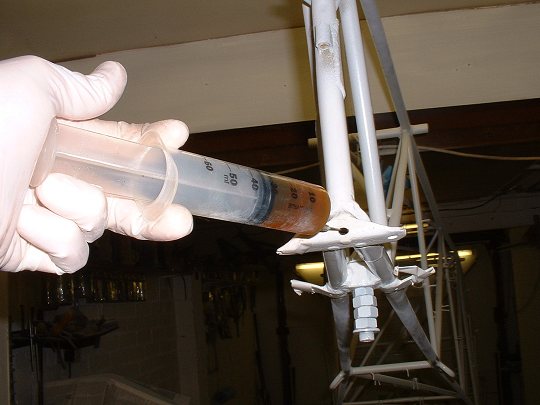I am doing some tubing repair and needed some good-old Stits tube seal to coat the interiors of the tubes under repair.
Searching Aircraft Spruce, nothing shows up. Search Wicks. Nothing. Univair has a reference but the page says "Nothing here". Wag Aero actually still has some!
I contacted the parent company that has Poly Fiber, Randalf, etc. and found that Tube Seal was discontinued last May. It kind of makes sense. Tube seal is not a "covering product" which is what they do now.
In any case, I have a bit on order that will hold me for a while. But it looks like when Wag Aero's stock is gone, Tubeseal is gone.
So In the future when this last bit of Tubeseal is used up and I don't really want to go back to pure boiled Linseed oil, What alternatives do you guys recommend?
Skip Egdorf
N34237 - 1946 BC12-D
Searching Aircraft Spruce, nothing shows up. Search Wicks. Nothing. Univair has a reference but the page says "Nothing here". Wag Aero actually still has some!
I contacted the parent company that has Poly Fiber, Randalf, etc. and found that Tube Seal was discontinued last May. It kind of makes sense. Tube seal is not a "covering product" which is what they do now.
In any case, I have a bit on order that will hold me for a while. But it looks like when Wag Aero's stock is gone, Tubeseal is gone.
So In the future when this last bit of Tubeseal is used up and I don't really want to go back to pure boiled Linseed oil, What alternatives do you guys recommend?
Skip Egdorf
N34237 - 1946 BC12-D


Comment